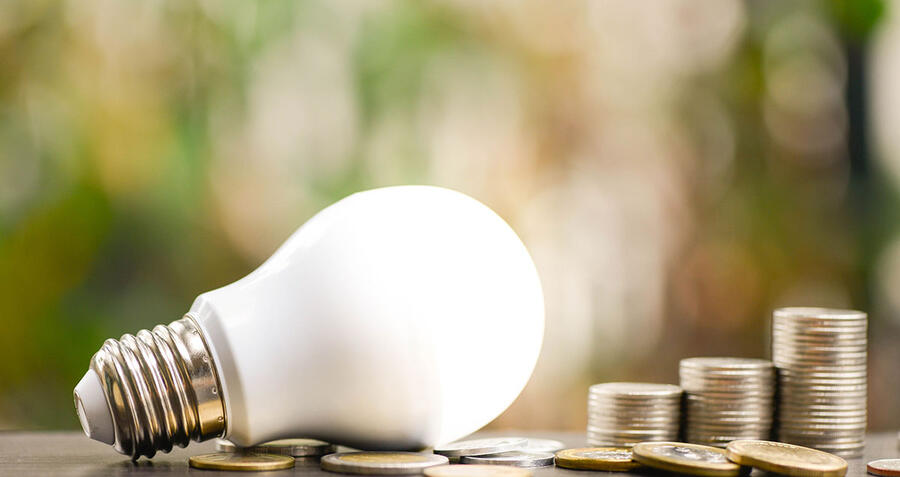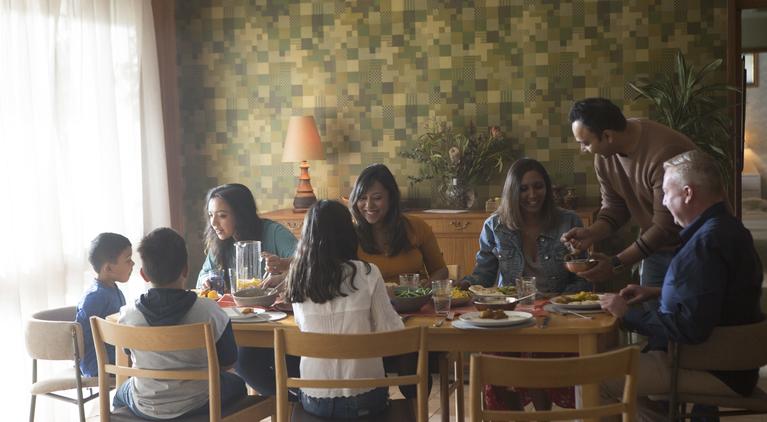It's probably not news to you, but Australia's household energy prices have skyrocketed over the last decade. For most of us, that translates as extra strain on the family budget.
Although electricity prices remained relatively stable for nearly 30 years, by 2013 we saw them swell by an average of 72% on 2003 figures, and gas by 54%. These surges were largely due to investment in the network and the implementation of a carbon price in 2013. We had a short-lived respite in 2014 when the carbon price was repealed and the average national residential electricity price dropped, but between 2016/17 and 2017/18, prices climbed nationally by some 10.8%.
And much to the anguish of Australian families, it looks like this trend is going to continue. The closing of Victoria's Hazelwood power station and South Australia's Northern station has meant that the Australian Energy Markets Commission has gloomily forecast an annual average increase of 2.5% from 2016/17 to 2107/18.
Solar power: a clean way to sidestep rising retail energy prices
Solar power saves between 200 and 300 MtCO of global emissions every year – that's the equivalent of three-quarters of Australia's annual CO2 emissions, so the environmental benefits of solar energy alone may be enough to make you think that you should install solar panels on your rooftop.
But that's not all: installing a solar panel system can also reduce your electricity bill – and save you precious dollars. Over the past five years, the overall cost of solar power has fallen so dramatically – some 58% – that it's now cheaper than retail power in all Australian capital cities except Canberra (which enjoys the lowest retail prices in the country).
We've been quick to get on board: the Australian Energy Council reports that nearly 15% of the country's households have installed solar panels – that's more than 1.6 million homes enjoying the benefits of producing their own solar energy, reducing both their carbon footprint and their power bills.
A great time to add solar power
The price of solar modules dropped by almost half between 2012 and 2016, so it's a better time than ever before for you and your family to consider solar. And not just that – a solar energy system can now do more. Due to a huge reduction in system prices, the average size of a starter solar panel plus inverter package has grown from 1.5 kW to between 4 kW and 5 kW, a size that is more likely to have an impact on energy bills. A Choice survey of 700 households with solar systems found the average time it took for the system to pay for itself was three years and two months. And that can only be good news for your family budget.
Adding a solar battery to your system will help you to use more of the solar energy you generate yourself, reducing your electricity bills even further. In fact, the Climate Council reports that adding a 4 kWh battery to a 5 kW solar system can increase the amount of self-generated solar electricity a household consumes by up to 60%. Although solar battery prices are falling fast, it's still a substantial investment, and whether to get one now or later will depend on your own personal circumstances.
We can help with your solar energy needs
Our specialist EnergyAustralia Solar advisors can help you decide if the time is right for you to consider a solar power system and what level of investment you'll need to make to get the best benefit. They can also talk you through financing options that could help you benefit from clean, renewable solar energy and solar battery storage sooner.




